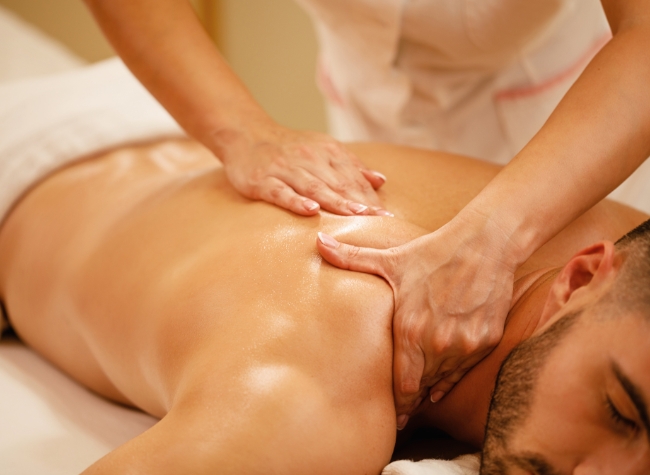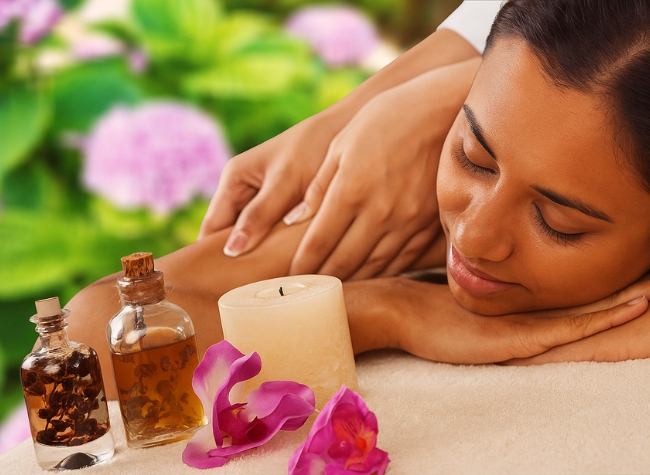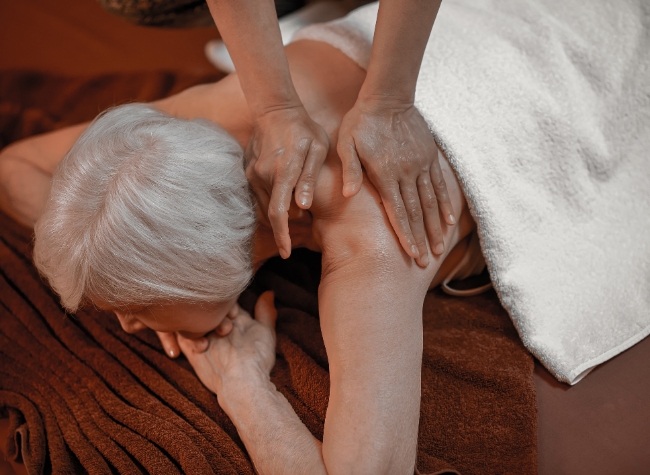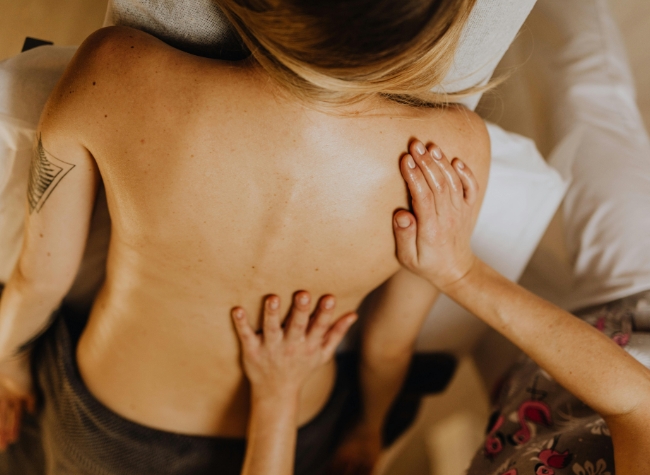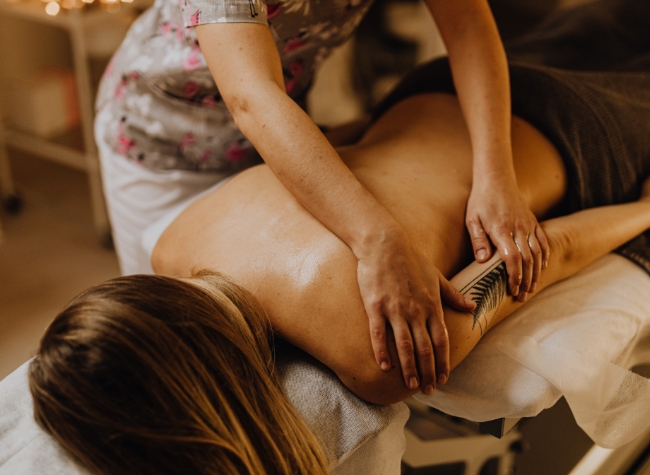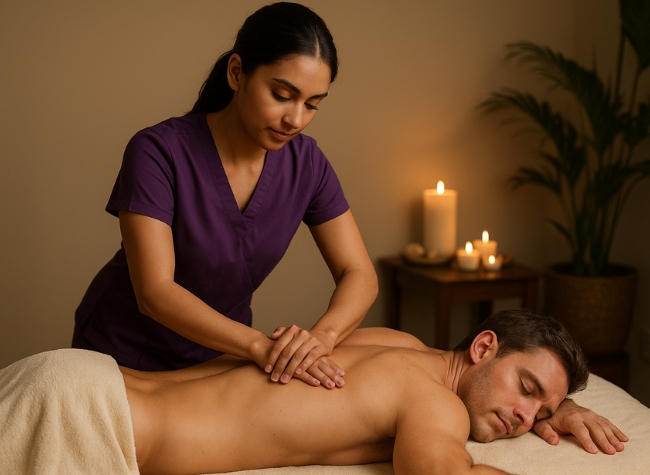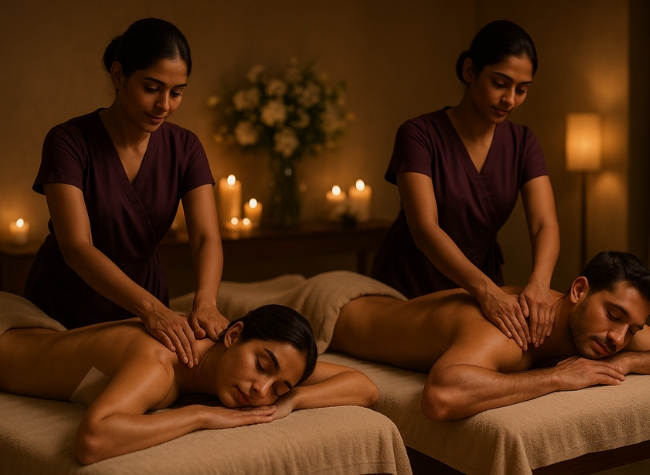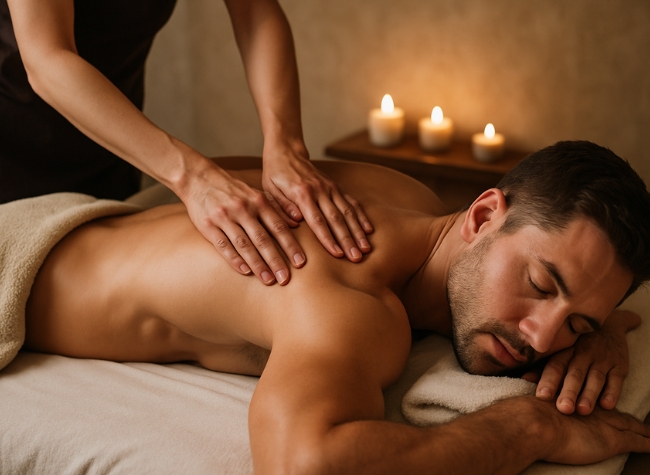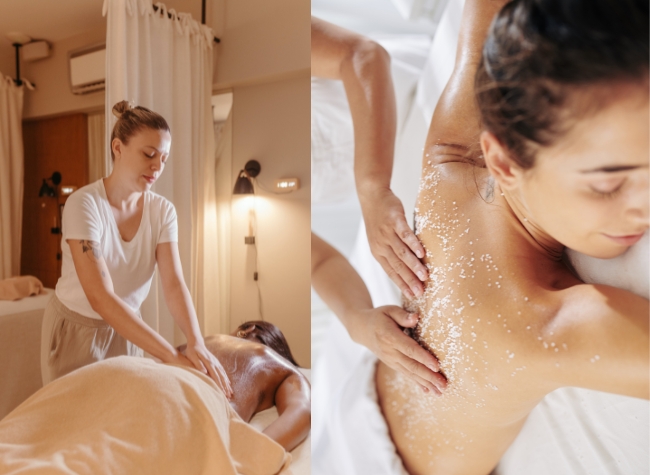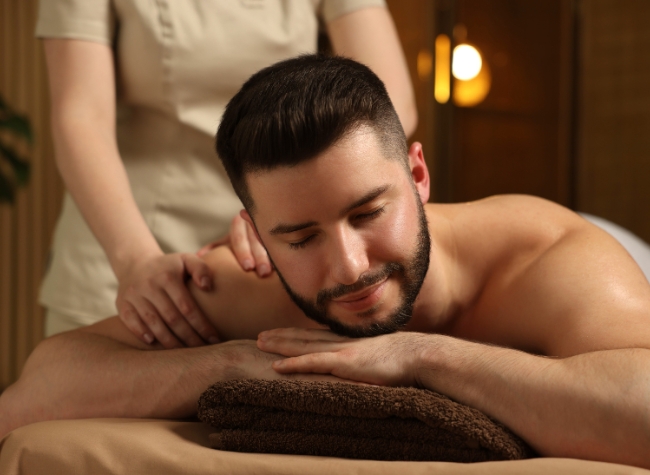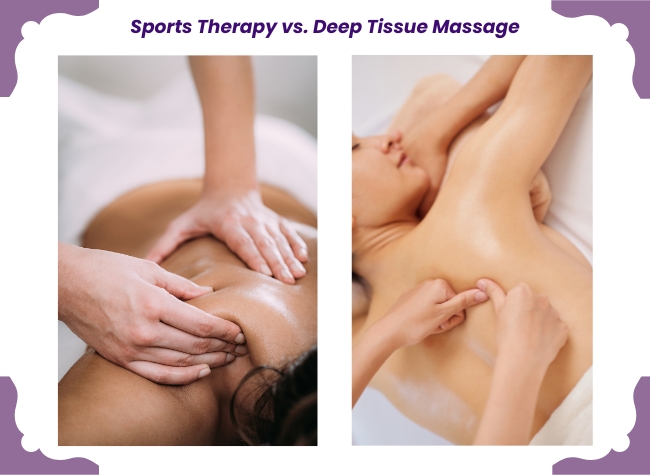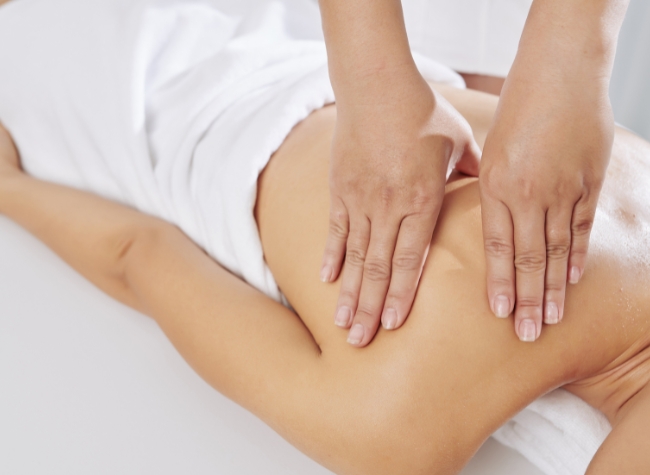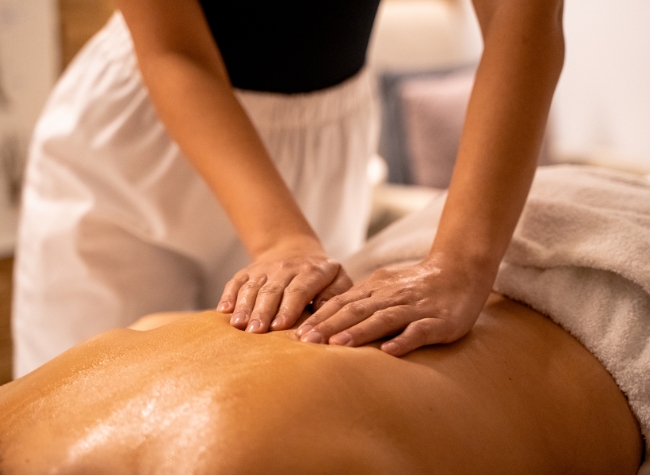Table of Content
- Introduction to Male Wellness Through Hotel Spa Services
- Increasing Demand for Female to Male Massage in Hotel Settings
- Why More Men Are Opting for In-Room Massage Services
- Selecting the Right Provider: Fem Spa’s Trusted Approach
- How to Book Female to Male Massage Services in Hotel Rooms
- What Happens During a Hotel Room Massage Session
- Understanding Hotel Spa Protocol and Professional Standards
- Types of Massage Therapies Available in Hotels
- Benefits of a Professional Massage Therapist vs Local Options
- Tips for Booking the Best Massage Service for Male Guests
- Frequently Asked Questions (FAQ)
- Conclusion
Introduction to Male Wellness Through Hotel Spa Services
Male wellness in India is gaining visibility, especially among those who travel often or seek regular stress relief. More men are recognising the mental and physical benefits of professional massages. Whether travelling for business or staying in a hotel for leisure, access to a hotel spa has become a valued amenity.
Hotel room massage services are especially appreciated for their privacy, convenience, and calming environment. For male guests, booking a session with a professional massage therapist can help with muscle stiffness, mental fatigue, and overall relaxation without having to step outside their accommodation.
Fem Spa, a trusted name in Mumbai a, provides discreet and high-quality female to male massage services in hotel rooms. It’s not just about relaxation it’s about giving men a safe, professional option for wellness inside a setting they already trust: their hotel room.
Increasing Demand for Female to Male Massage in Hotel Settings
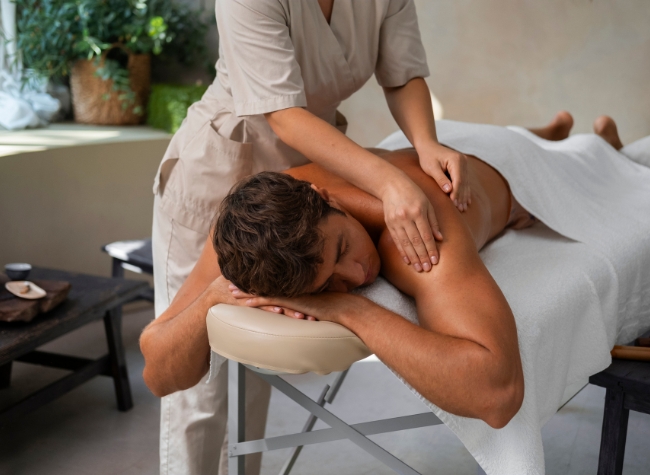
In recent years, hotels across India have witnessed a noticeable increase in requests for in-room massage services, particularly from male travellers. Factors behind this shift include:
- Rising stress levels due to fast-paced work lifestyles
- Desire for discreet yet professional wellness experiences
- Accessibility of quality services within the comfort of one’s room
Hotel spa options today cater not only to physical relaxation but also support better sleep, reduce anxiety, and improve posture. For male guests, female-to-male massage services offer a balanced touch of professionalism and comfort, provided the right provider is chosen.
Why More Men Are Opting for In-Room Massage Services
There are several reasons why male guests choose hotel room massage services over outside spa visits:
- Convenience: No need to travel or wait in queues
- Discretion: Services delivered privately, within a secure environment
- Personalised Approach: Sessions are more tailored in a private setting
- Time-saving: Particularly beneficial for business travellers
For working professionals or solo travellers, in-room massages offer the chance to unwind after a long day, with minimal effort. Whether it’s a post-meeting stress reliever or a weekend break therapy, it’s a wellness option that fits around a busy schedule.
Selecting the Right Provider: Fem Spa’s Trusted Approach
Booking a massage isn’t just about availability it’s about trust, quality, and professionalism. Fem Spa stands out in Mumbai’s wellness space for the following reasons:
- Certified therapists with experience in hotel massage etiquette
- Punctual appointments aligned with your hotel stay schedule
- Clean, premium-grade oils and disposables
- Discreet booking system with quick confirmation
Their team of professional massage therapists is trained to maintain high standards of safety, privacy, and courtesy something not all providers can guarantee. Fem Spa has built a solid reputation among male hotel guests for their reliable service and high satisfaction rates.
How to Book Female to Male Massage Services in Hotel Rooms
Booking a session is simple, but certain checks make the process smoother. Here’s how to go about it:
Steps to Book:
- Search a trusted provider like Fem Spa via their website
- Choose the type of therapy you require (Swedish, deep tissue, aromatherapy etc.)
- Select a time slot that suits your stay
- Share hotel details discreetly (hotel name, room number only after confirmation)
- Confirm the booking and await therapist arrival
What You Should Know:
- Always confirm with hotel policy if in-room wellness services are allowed
- Avoid any walk-in or unknown service providers
- Look for trained professionals only
- Keep your ID proof handy if required
The entire process, from booking to service, is designed to be quick, discreet, and safe for male guests who prioritise wellness.
What Happens During a Hotel Room Massage Session
If you’re new to in-room spa services, here’s what to expect:
- Therapist arrival at the scheduled time
- Set-up of portable massage table or use of hotel bed with protective sheets
- Use of therapeutic oils and towels provided by the therapist
- Customisation of pressure and focus areas based on your needs
- Quiet, ambient session lasting typically between 60 to 90 minutes
- Clean-up by the therapist post-session
The entire experience is managed professionally, keeping your comfort and privacy at the centre.
Understanding Hotel Spa Protocol and Professional Standards
Professional therapists are trained to follow etiquette and maintain boundaries. Here are a few standards you can expect from top providers:
- Punctuality and identity confirmation
- Use of gloves, masks, and hygiene-friendly kits
- Respectful conduct throughout the session
- No unauthorised conversation
- Following hotel policies strictly
When booking through trusted providers like Fem Spa, you are assured of both quality and discretion.
Types of Massage Therapies Available in Hotels
Hotel spa menus may vary, but here are some commonly requested massage options:
Popular Hotel Room Massage Types:
- Swedish Massage: Gentle strokes for full-body relaxation
- Deep Tissue Massage: Focused on muscle stiffness, great for athletes
- Aromatherapy Massage: Uses essential oils for calming effect
- Reflexology: Pressure applied to feet and hands, beneficial for circulation
- Ayurvedic Massage: Herbal oils used in traditional Indian therapy
- Balinese Massage: Combination of acupressure and gentle movements
Each type serves a different purpose, so it’s helpful to communicate your preference or problem areas while booking.
Benefits of a Professional Massage Therapist vs Local Options
Choosing a professional massage therapist over unverified local listings is not just a better experience it’s safer and more effective.
Why It Matters:
- Hygiene Standards: Professional therapists use clean, sealed products
- Skill & Training: Techniques used are medically and scientifically backed
- Privacy Assured: No risk of data leakage or unprofessional behaviour
- Consistent Quality: No guesswork in the service you receive
Fem Spa therapists come with verified experience and training, which translates into a consistent and satisfying experience for male guests.
Tips for Booking the Best Massage Service for Male Guests
Looking to make the most of your massage session? Here’s how to choose wisely:
Quick Tips:
- Book with established names like Fem Spa
- Check for certified, trained therapists
- Always pre-confirm your hotel’s acceptance of external wellness services
- Choose massage time when you are least likely to be disturbed
- Keep the room temperature comfortable
- Clarify preferences before the session starts
These small but important steps help in making your session as relaxing and effective as possible.
Frequently Asked Questions (FAQ)
Q1. How do I book female to male massage services in hotel rooms?
Answer: Visit a trusted provider’s website, select your therapy and time, share hotel details after confirmation, and wait for the therapist to arrive.
Q2. Is it safe to get a hotel room massage service for male guests?
Answer: Yes, as long as you choose certified and professional providers like Fem Spa. Always check credentials.
Q3. Can I request a professional massage therapist in a hotel spa?
Answer: Absolutely. Most providers allow you to request gender-specific therapists depending on your preference.
Q4. What is included in a hotel spa massage session?
Answer: A standard session includes massage oils, towel service, professional massage, and post-session clean-up.
Q5. Do I need to inform hotel staff before booking a private massage?
Answer: Some hotels allow third-party services without notice, while others require prior approval. It’s best to check.
Q6. How much do hotel room massage services cost in India?
Answer: Prices typically range between ₹2,500 to ₹5,000, depending on the duration and therapy chosen.
Q7. How long does a typical in-room massage session last?
Answer: Sessions generally run from 60 to 90 minutes, depending on your booking.
Q8. Why is Fem Spa popular among male guests in Mumbai?
Answer: Fem Spa is known for discreet services, certified therapists, and hotel-friendly booking processes.
Conclusion
Choosing the right hotel room massage service is not just about comfort it’s about wellness, trust, and professionalism. With the growing awareness around male self-care in India, services like female to male massage services in hotel rooms are now seen as part of a healthy lifestyle, not a luxury.
Providers like Fem Spa make it easier for male guests to experience premium wellness treatments without leaving their room. Whether you’re visiting Mumbai for work or enjoying a weekend retreat, the right massage therapy can restore energy, relax the body, and calm the mind.
Booking is simple, services are discreet, and satisfaction is a priority. All you need is the right partner, and that’s where Fem Spa comes in.

